
Even half a century later many older hunters distrusted the “new” cartridge. I purchased my first .270 in 1974, whereupon my grandfather-in-law said, “I tried one of those, kid, but most stores did not carry ammunition.” Like many Western hunters of his generation, Ben was a confirmed .30-06 man, whose lone big game rifle was a Winchester Model 70 .30 Gov’t ’06, which he traded his .270 for in 1937. Other “young” hunters also encountered .270 resistance: Friend Kirk Stovall, a year behind me at Bozeman Senior High School, was afraid to buy a .270 Winchester until well into adulthood, because his father (another .30-06 man) hated the cartridge.
Despite such skeptics, the .270 eventually became one of the two most popular non-military big-game cartridges introduced before World War II, the other the .30-30.
Despite the appearance of many other rifle cartridges since 1925, the .270 still ranks way up there. This popularity is often attributed to a writer named John Woolf O’Connor, born in Arizona in 1902. Nicknamed Jack, he eventually became the shooting columnist for Outdoor Life, back when “outdoor life” primarily meant hunting and fishing, not mountain biking.
O’Connor used the .270 a lot, partly because of living in the American West. Shots at big game tended to be longer than “back east,” where the .30-30 was the quintessential deer cartridge. The flat trajectory of the .270 made 300- and 400- yard shots possible with iron sights, which dominated hunting until after the war, and the 130-grain bullet worked great on deer and wild sheep.
Esta historia es de la edición October - November 2019 de Handloader.
Comience su prueba gratuita de Magzter GOLD de 7 días para acceder a miles de historias premium seleccionadas y a más de 9,000 revistas y periódicos.
Ya eres suscriptor ? Conectar
Esta historia es de la edición October - November 2019 de Handloader.
Comience su prueba gratuita de Magzter GOLD de 7 días para acceder a miles de historias premium seleccionadas y a más de 9,000 revistas y periódicos.
Ya eres suscriptor? Conectar
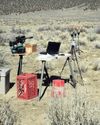
OEHLER's New System 89 Chronograph
Measuring Bullet Performance Downrange
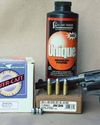
The Problem with Low Pressure Loads
Bullets & Brass
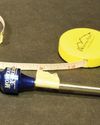
Measurements for Rifle Handloading
Handy Techniques for Accurate Ammunition
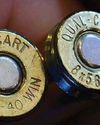
THE BRASS RING
In Range
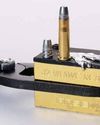
Semi-custom Bullet Moulds
Mike's Shoot in' Shack
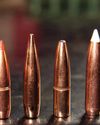
REVISITING THE 6.5 -06 A-SQUARE
Loading New Bullets and Powders
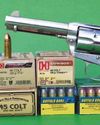
Cimarron Stainless Frontier .45 Colt
From the Hip
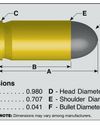
9x18mm Makarov
Cartridge Board
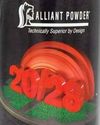
Alliant 20/28
Propellant Profiles
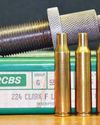
.224 Clark
Wildcat Cartridges